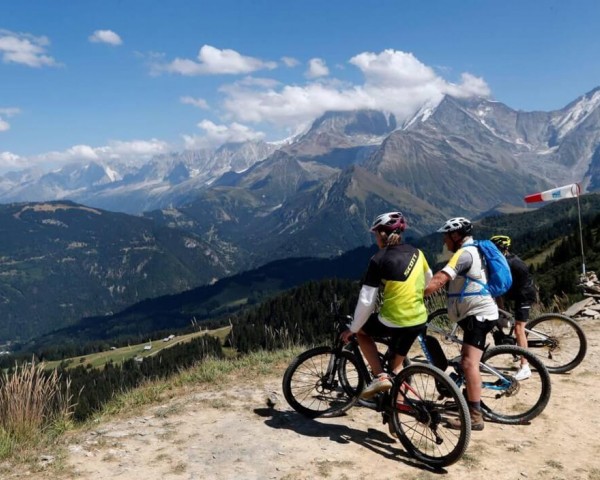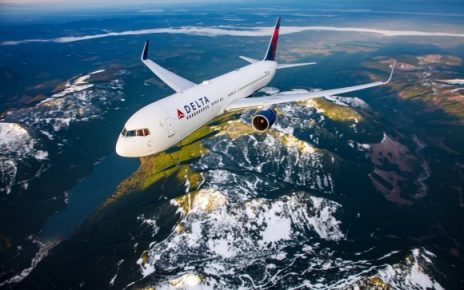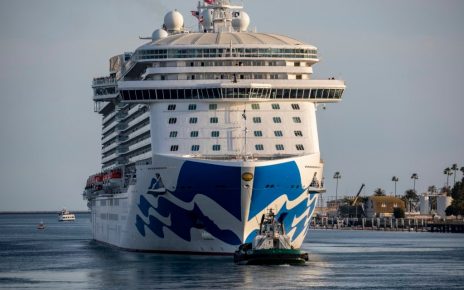Mont Blanc, known as the “Roof of Europe,” is a popular destination for mountaineers and tourists due to its proximity to Switzerland and Italy. The area attracts visitors during both the winter and summer seasons, with approximately 8 million overnight stays recorded annually by the Tourist Office in the Chamonix-Mont-Blanc valley. More than Lyon, Toulouse or Bordeaux. All-season tourism has become a problem for the region.
Added to this is a flood of day trippers. Simply put, tourism’s benefits in this region are significant. Despite a population of only 13,000, the industry generates a direct expenditure of 850 million euros per year and an additional indirect expenditure of 400 million euros. It means that tourism accounts for two-thirds of the local economy.
Mont Blanc is unique in the mountain world as its tourism activity never stops. Interestingly, there are even more overnight stays between May and October than between November and April. This is due to lower average spending of 30% for summer visitors. Historically, Mont Blanc was a living area around which a summer economy was built. Now, all-season tourism is quite a challenge for the service providers.
Authorities to Limit Rentals
The Compagnie du Mont-Blanc attracts many visitors and is a heavyweight in the territory. “We employ a thousand people, including 550 year-round, and generate a turnover of 100 million, 40% of which in the summer,” says Mathieu Dechavanne, its CEO.
It is responsible for the five ski areas in the valley. It also manages two significant attractions in the region: the Aiguille du Midi cable car and the Montenvers railway, leading to the Mer de Glace. With 1.5 million annual visitors, they have returned to pre-Covid levels.
Although attractive, there are downsides to Chamonix’s high rates. Experts say the cost per square meter is over 10,000 euros, comparable to Paris. This makes recruitment difficult. Local authorities want to propose in June a law to make the identification of furnished rentals mandatory and impose a housing surcharge on second homes. Because of a tax allowance, renting by the week is more profitable via an online platform such as Airbnb than year-round.
Eric Fournier, the UDI mayor of Chamonix-Mont-Blanc and president of the community of communes, would like the number of properties rented out to be limited per person or per family: “A pension fund can’t buy an entire building to rent everything.” According to him, 3,400 homes would be on online platforms out of the 14,000 existing, or more than 20%.
Meanwhile, the situation exacerbates tensions with neighbors. “Accommodation in Chamonix is three times more expensive than in Saint-Gervais, which raises prices here,” squeaks Jean-Marc Peillex, UDI mayor of Saint-Gervais and president of the neighboring Pays du Mont-Blanc community of communes. “When other resorts have a clientele of stayers, Chamonix welcomes 60,000 to 100,000 visitors per day.”
Long Stays Are Favored
The average duration of a visitor’s stay is currently 1.7 days. The mayor plays on the tariff lever: since 2014, many services have been offered with strong regressivity for residents or stayers. In 2024, it is also counting on establishing limited traffic zones only accessible by public transport or by local rights holders.
“We prefer the added value provided by a local clientele with a lower carbon footprint,” said Eric Fournier Mayor of Chamonix-Mont-Blanc
The change also involves a different type of clientele, with the gradual stopping, since 2014, of promotion on long-haul flights from China or Korea. “It represents less than 15,000 euros annually for the Tourist Office, against 150,000 ten years ago,” he says. “We prefer the added value a local clientele with a lower carbon footprint.”
Early Summer
Environmental concern is quite evident, with a climate that warms up faster in the mountains. The impact on mountaineering activities is concentrated in the summer. “We used to work a little in June and a lot in July and August. In 2009, we started in May, with little activity at first. But now, our only quiet period is in November and December,” says Didier Tiberghien, director of the Chamonix guide company.
The concern is palpable for the 160 high mountain professionals. “The early summer and the rapid melting make the rock unstable, and our races have to reorient themselves at lower altitudes, with a really visible degradation for five years,” he explains, wondering “what his job will look like” in ten years.




